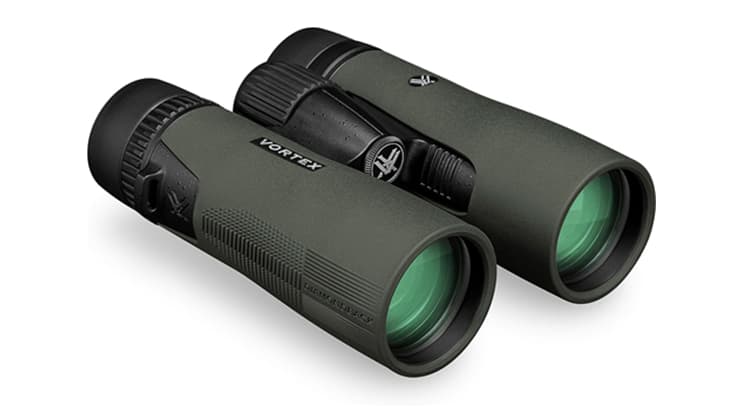Birding, a hobby cherished by enthusiasts worldwide, relies on the precision of optics to capture the vibrant details of avian life.
Among the choices birders face when selecting binoculars, a common query arises: Is 8×42 or 10×42 better for birding?
In this exploration, we dissect the specifications, advantages, and considerations associated with both configurations to guide birders in making an informed choice aligned with their preferences.
Understanding Binocular Specifications
Binocular specifications, expressed as magnification and objective lens diameter, play a pivotal role in determining the performance of optics.
Both 8×42 and 10×42 configurations balance magnification with a 42mm objective lens diameter, aiming to provide a sweet spot between detail and light-gathering capacity.
Advantages of 8×42 for Birding
1. Wider Field of View: 8×42 binoculars offer a broader field of view, enhancing the ability to scan large areas efficiently.
This proves advantageous for birders engaged in active scanning and tracking multiple birds in diverse environments.
2. Improved Image Stability: The lower magnification in 8×42 reduces image shake, contributing to more stable observations.
This is particularly beneficial for handheld use during extended birding sessions, ensuring a comfortable experience for birders.
3. Ease of Use for Beginners: Birders new to the hobby may find 8×42 binoculars more forgiving in terms of image stability and ease of use.
The wider field of view also aids in locating and identifying birds with less effort.
Advantages of 10×42 for Birding
1. Enhanced Detail at Longer Distances: For birders seeking to observe birds at extended distances, the higher magnification of 10×42 provides enhanced detail.
This is particularly valuable for identifying species that may be perched or soaring at a distance.
2. Adaptability to Varied Environments: The 10×42 configuration adapts well to diverse birding environments.
Whether in open fields or wooded areas, the higher magnification allows birders to zoom in on intricate details, aiding in bird identification.
3. Considerations for Tripod Use: Birders opting for 10×42 may find tripod use beneficial for extended observations.
While the higher magnification brings distant birds closer, it can also introduce image shake when handheld for prolonged periods.
Factors Influencing Birding Experience
1. Terrain and Environmental Considerations: The choice between 8×42 and 10×42 may depend on the specific birding environment.
Dense forests may favor wider views, while open landscapes may benefit from higher magnification.
2. User Comfort and Preferences: Individual comfort plays a crucial role.
Factors like eye strain and ease of use should align with the preferences of the birder, ensuring a pleasant and immersive birding experience.
3. Impact of Magnification on Low-Light Performance: Consideration of low-light performance is vital for early morning or dusk birding.
Lower magnifications may gather more light, potentially offering better visibility in dim conditions.
Choosing Based on Birding Styles
1. Active Birding and Scanning (8×42): Birders engaged in active scanning and tracking may find the wider field of view of 8×42 more suitable for quick and dynamic observations.
2. Detailed Observation and Identification (10×42): Those focused on detailed observation and precise identification, especially at longer distances, may prefer the enhanced magnification of 10×42.
3. Considerations for Bird Photographers: Bird photographers may need to strike a balance between magnification and stability, depending on their specific requirements for capturing detailed images.
User Testing and Feedback
Real-world testing and feedback from birding communities are invaluable.
Insights from practical experiences can offer a wealth of information, helping birders gauge the actual performance of 8×42 and 10×42 configurations in diverse birding scenarios.
Conclusion
In conclusion, the choice between 8×42 and 10×42 for birding is nuanced and dependent on individual preferences, birding styles, and environmental considerations.
Both configurations offer distinct advantages, and birders should select binoculars that align with their specific needs, ensuring a rewarding and enjoyable birding experience.
As the birding community continues to evolve, the optimal choice may differ for each birder, reflecting the diversity and uniqueness of this beloved hobby.





